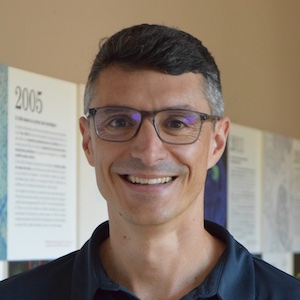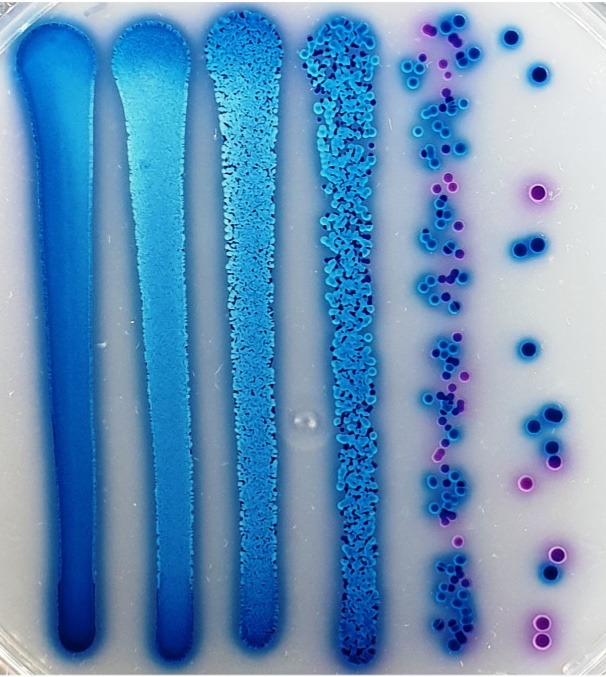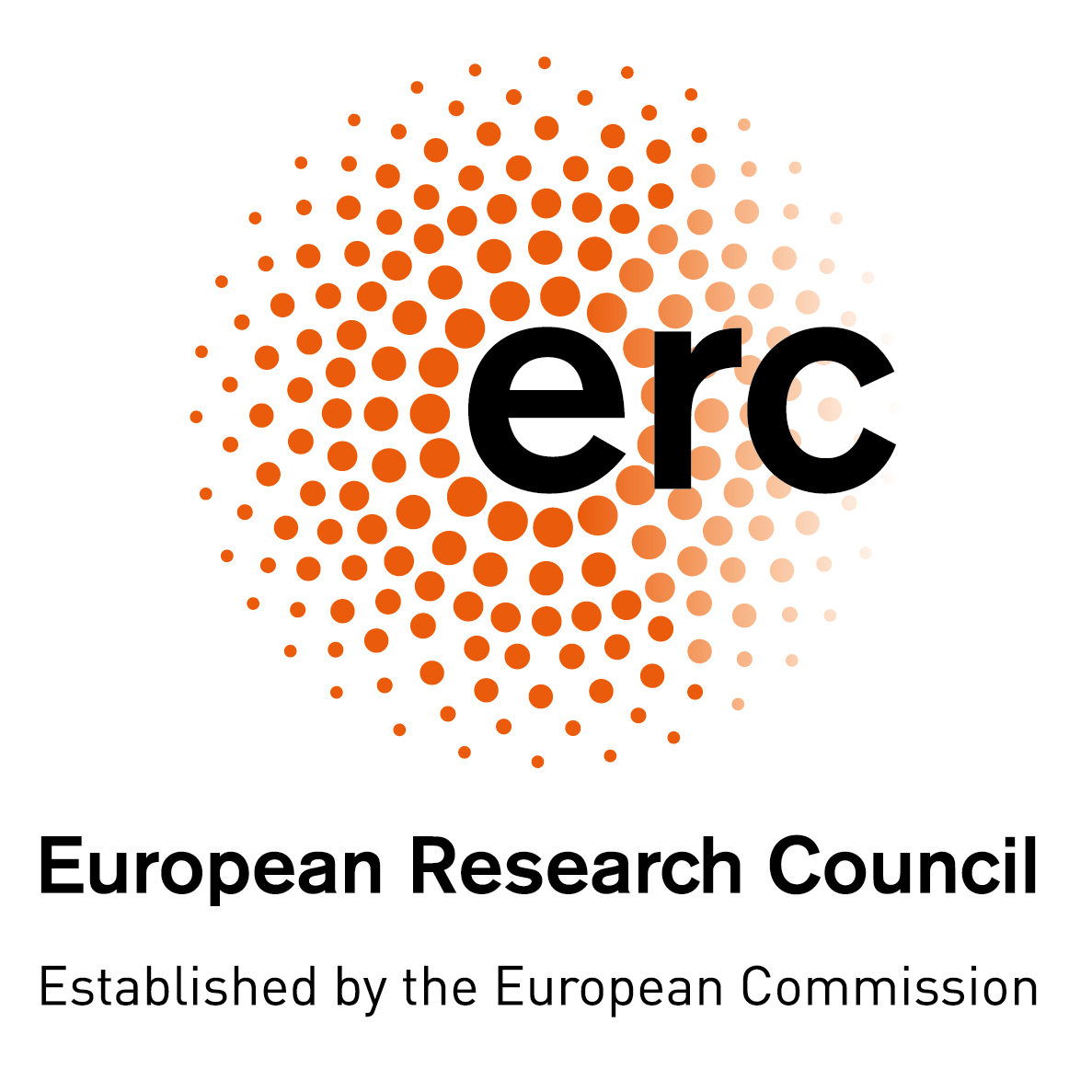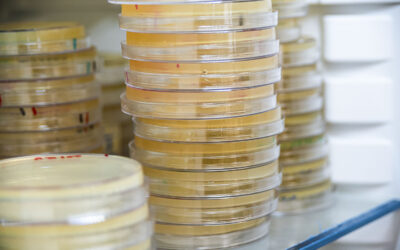Plasmid Biology and Evolution
RESEARCH GROUPS

Álvaro San Millán
Group Leader
Research Summary
In the Plasmid Biology and Evolution (PBE) lab we are interested in the evolutionary forces that drive plasmid dynamics in bacterial populations. Plasmids play a crucial role in bacterial ecology and evolution because they can transfer genes horizontally between different bacteria. The most striking example of how plasmids drive bacterial evolution is the global spread of plasmid-mediated antibiotic resistance over the last few decades. In our group we try to understand the population genetics of antibiotic resistance plasmids using advanced molecular and evolutionary techniques. Ultimately, we intend to apply the concepts that we learn from the study of the evolution of plasmid-mediated antibiotic resistance to develop more rational intervention strategies to control infectious diseases.
Research Lines
Antimicrobial resistance (AMR) in bacteria is one of the most urgent public health threats facing humanity. In Europe, antibiotic resistant bacteria are responsible for tens of thousands of deaths every year and, around the world, more than a million deaths were directly attributable to bacterial AMR in 2019. Predictions for AMR are not optimistic. Recent studies indicate that within a few decades AMR infections could become the leading cause of death worldwide and are set to produce annual losses of $2-6.1 trillion. The increasing levels of resistance to existing antibiotics are accompanied by an alarming shortage of new antibiotics, underlining the pressing need for new therapeutic strategies to fight antimicrobial resistant bacteria.
Mechanisms involved in plasmid mobility

Plasmids play a key role in the evolution of AMR. These mobile genetic elements can transfer horizontally between bacteria in a process known as conjugation (direct cell-to-cell plasmid transfer through a bridge-like connection), and conjugative plasmids are the main vehicle for the spread of AMR genes in bacterial populations. Plasmid-mediated AMR is a textbook example of evolution by natural selection. Plasmids carrying AMR genes are highly beneficial to the bacterial host when antibiotics are present, but also produce a physiological alteration in the host that frequently translates into a fitness cost when antibiotics are absent. Moreover, AMR genes can jump from plasmids to chromosomes, making plasmids redundant under constant selective pressure. It is therefore difficult to explain the long-term persistence of AMR plasmids in bacterial populations (a puzzle known as the “plasmid paradox”). Several factors likely account for this paradox; for example, plasmid-associated costs can become less severe over time through compensatory evolution, and a high conjugation frequency can allow plasmids to survive as pure genetic parasites.
In the PBE lab, we study the ecological and evolutionary factors that determine the success of AMR plasmids in microbial communities. Over the last years, we have focused on the study of clinical enterobacteria carrying the globally distributed carbapenem resistance plasmid pOXA-48. Using a large collection of carbapenemase-producing enterobacteria recovered from patients in a hospital in Madrid, we have characterised the epidemiology and evolution of this plasmid in great detail. In our current research lines, we combine genomics, transcriptomics, genetic engineering and DNA silencing using CRISPRi to dissect the molecular basis underlying the successful associations between high-risk clones of clinical enterobacteria and carbapenemase-encoding plasmids.
Klebsiella pneumoniae (blue) and Escherichia coli (purple) transconjugants growing on chromagar plates after acquiring plasmid pOXA-48.

Publications
Group Members

Group Leader
Álvaro San Millán Cruz
Lab manager
Coloma Costas Romero
PhD candidates
Laura Toribio Celestino
Jorge Sastre Domínguez
Álvaro Barrera Martín
Paloma Rodera Fernández
Postdocs
Alicia Calvo-Villamañan
Javier de la Fuente Hidalgo
Ariadna Fernández Calvet
Filipa Trigo da Roza
Funding



News
Revelan un mecanismo que promueve la resistencia de superbacterias intestinales frente a los antibióticos
Un nuevo estudio liderado por el Consejo Superior de Investigaciones Científicas (CSIC), a través del Centro Nacional de Biotecnología, describe un mecanismo de interacción cruzada (crosstalk) entre distintas especies de bacterias intestinales humanas y un plásmido de relevancia clínica.
Descubren un mecanismo que acelera la evolución de bacterias resistentes a los antibióticos
11 de Septiembre 2024 Un equipo del CSIC desvela la capacidad de las bacterias resistentes a antibióticos de evolucionar de manera diferente gracias a las moléculas conocidas como plásmidos Este nuevo mecanismo molecular se ha observado tanto ‘in vitro’ como en la...




